MIT’s commitment to community, belonging, and a culture of excellence
MIT has offered generations of people the opportunity to change the trajectory of their lives, develop their full potential, and have an impact in the world. Yet the Institute is part of a society in which opportunity is not evenly distributed and in which not all people feel their contributions are valued. To more fully live up to its mission and increase its impact, MIT will continue increasing the diversity and sense of belonging in its community, removing barriers to opportunity, and shaping an environment in which all people can do their best work and thrive.
Why MIT is creating this plan
To live up to the demands of MIT’s mission—advancing knowledge, educating students, and developing in each member of our community the ability and passion to work wisely, creatively, and effectively for the betterment of humankind—we must look first to the conditions of our community. MIT must remain a place where the most talented students, staff, postdocs, and faculty in the world want to work together and learn.
To sustain its position as one of the world’s leading institutions of education and research, MIT is engaged in an increasingly competitive race for talent. We must retain and sustain the exceptional people who make up our community, and we will need to work harder—and smarter—to attract the very best of future generations into our labs, offices, classrooms, and workshops. MIT’s responsiveness to the members of our community, and our commitments to change are not new, but we now seek to build on past progress with a campus-wide action plan, supported by plans and proposals on a more local level, that will set a unifying direction for the important work ahead.
MIT’s responsiveness to the members of our community, and our commitments to change are not new, but we now seek to build on past progress with an Institute-wide strategic action plan, supported by plans and proposals at a more local level, that will set a unifying direction for the important work ahead.
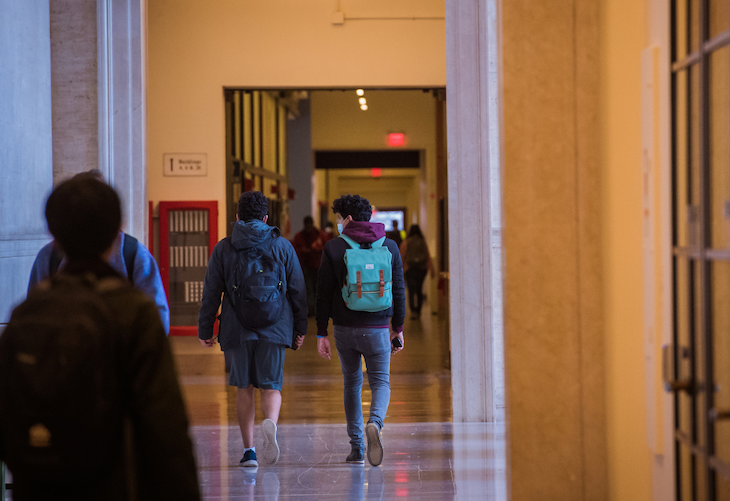
How this plan is different
Over several decades, MIT has developed a number of thoughtful official reports on challenges around diversity, equity, and inclusion in our community, with a particular focus on the issues affecting women and historically underrepresented faculty and students. These efforts, and others, have led to significant progress in some areas, such as undergraduate admission.
However, efforts to address persistent challenges have never been coordinated Institute-wide, nor have they been framed to advance a sense of community and belonging across MIT. An Institute-wide plan will address this by offering a platform for coordinating, assessing, and elevating these efforts.
This plan builds on previous efforts by highlighting approaches that have already succeeded and applying those lessons to drive broader progress. It also encourages academic, research, and administrative units to develop their own innovative plans and provides a framework to help.
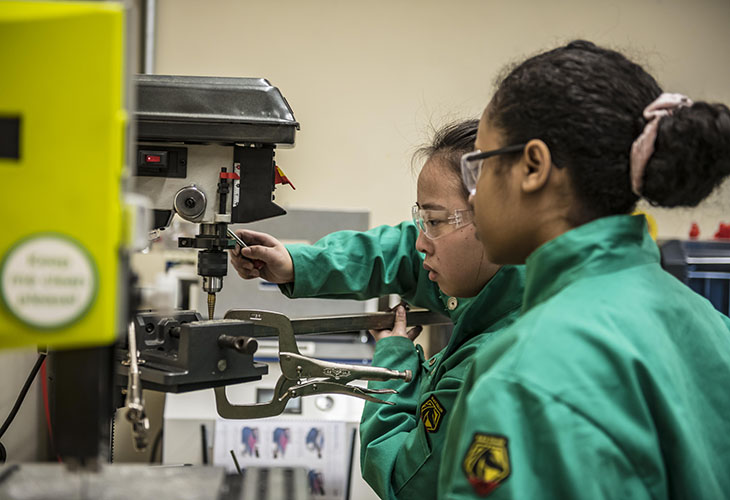
How we define community
MIT’s on-campus population is made up of roughly 4,600 undergraduate students, 7,300 graduate students, 14,000 staff, 1,500 postdocs, and 1,000 faculty; Institute alumni number approximately 145,000. We come from all 50 US states and every country in the world, and we represent a broad range of faiths, races, ethnicities, ages, political views, and socioeconomic backgrounds. MIT’s sense of community is defined by how all of us treat each other and by the culture and climate that result from our interactions.
To achieve the sense of community proposed in this plan, we must look inward to understand what we can do now, we must look back to learn from our successes and our missteps, and we must look forward to achieve what we aspire to become. If we are not trying to create a culture of excellence in which all members of the community can do their best work, now and in the future, we are not fulfilling MIT’s mission.
We believe diversity refers to the sum of social, cultural, and individual human attributes represented within a group and how these groups work together. These attributes include (but are not limited to) age, class, disability, educational background, ethnicity, gender expression, gender identity, geographical location, immigration status, income, marital status, national origin, parental status, political views, pregnancy, race, religion, sexual orientation, work experiences, and veteran status. These categories are not always fixed and often overlap.
At MIT, as in the United States as a whole, diversity is a fact about our community, present and future. That diversity of backgrounds, views, and talents is essential to MIT’s strength; our differences challenge us to broaden and deepen our vision, to reexamine standing assumptions and ask questions we have not asked before. But our differences can also create points of pain and friction. Attending carefully to our diversity is a way of promoting a culture of respect, civility, and empathy so that all members of our community can thrive. That is our goal.
Diversity is not a proxy for underrepresentation. The Institute currently identifies members of a “racial/ethnic underrepresented” group as: “a U.S. Citizen who self-identifies as Black/African-American, Hispanic/Latinx, Native American or Alaskan Native, Native Hawaiian, or other Pacific Islander.” While this plan aspires to improve circumstances for people from underrepresented groups at MIT, we take a broader view of diversity.
For this plan to have its intended impact, we must revisit many of our current assumptions, definitions, and practices around underrepresentation. For example, we must use a broader set of attributes—including those in the definition above, and others—to understand the composition of our community. We must also attend to the impact of long-standing practices, such as the fact that MIT records gender as only male or female; these binary categories line up with those in coordinated national and peer-institution reporting systems, but they may no longer serve our community well in other contexts. And we must better understand composition in context: across the different segments of our community, and within the specific academic, administrative, and research units where we learn and work.
MIT must be able to identify and address the concerns of any community that is subject to identity-based discrimination or harassment, regardless of its proportion at MIT (e.g., Asians and Asian-Americans or Native Americans), or for which there is not reliable institutional data (disabled, LGBTQ+, veterans, and others). Additionally, MIT must enable meaningful disaggregations of constituencies within communities that are often treated as monolithic (Asian, Hispanic/ Latinx, “international”).
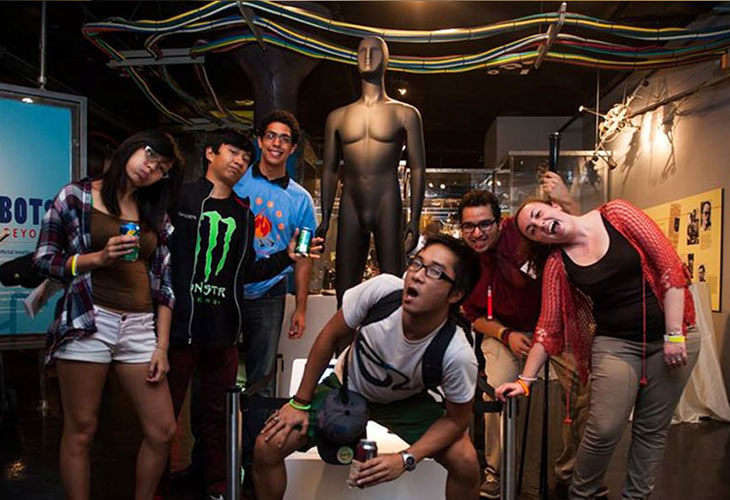
Where it starts and what we need to do
The plan asks each of us to reflect on how the particular challenges and opportunities of our own backgrounds have shaped our paths and attitudes, our advantages and disadvantages, how other people’s experiences may have affected them, and how these factors play out in how we live and work together.
As individuals, we must accept responsibility for identifying and eliminating behaviors and habits that undermine the sense of belonging for any member of our community—while committing ourselves to maintaining an environment where we can freely and respectfully express diverging views.
As an organization, MIT aims to create and institutionalize new policies, systems, and behaviors that promote equity, value differences of opinion and origin, and establish conditions for productive disagreement that unite all of us in service to the Institute’s mission. To this end, we will organize our inquiry and actions around three strategic priorities:
- Belonging: MIT will cultivate a community in which people feel connected to each other, share a sense of purpose, and support each individual’s freedom to be themselves and respectfully express their views. By encouraging empathy, civil discourse, inclusion, and engagement, we will build on our historic strengths as a problem-solving institution and contribute to society's collective well-being.
- Achievement: MIT will make equity central to how opportunities are presented and assessments are conducted for all members of the community while ensuring the highest standards of excellence. We will minimize barriers to achievement and chart equitable pathways to success for everyone.
- Composition: MIT can only fulfill its mission by serving as a magnet for a wide range of talented people. The composition of our community, and of our leadership, should reflect a commitment to diversity. Establishing objectives, defining steps for achieving them, and improving processes for collecting more detailed identity data will empower us to see ourselves more clearly and make progress.
We use the terms belonging, achievement, and composition in this plan because they better reflect how MIT defines community, its focus, and its values than the more commonly used inclusion, equity, and diversity.
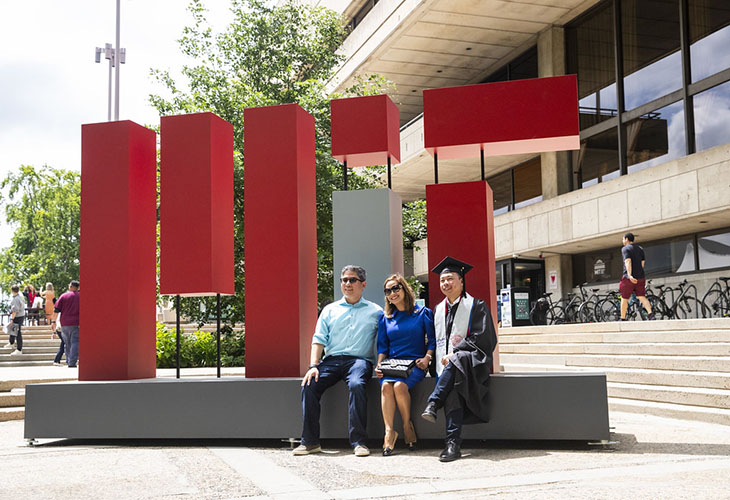
How this plan was created
This plan took shape through extensive consultations across the MIT community. In concert with MIT leadership, a steering team of faculty, staff, students, and postdocs first convened in fall 2020 and began by reviewing previous reports that identified patterns of inequity at MIT. Beginning with a list of more than 170 ideas to improve community and belonging, the first draft of the plan was released on March 30, 2021.
Upon its release, the plan’s organizers and steering team received hundreds of emails and conducted more than three dozen formal community engagement sessions involving hundreds of MIT community members—staff, students, faculty, postdocs, trustees, and alumni—as well as many informal review sessions with different groups around campus. From these emails and conversations, comments on the draft plan fell into five broad categories:
- Accountability and objectives: The plan should be more specific about its expectations of community members and of MIT leadership at all levels; it also needs to be clearer regarding outcomes if expectations are not met.
- Identity: The plan should more clearly define whom it seeks to serve, and it should define how MIT will better understand and address identity-based concerns within the campus community.
- Resources: The plan should explain what resources will be made available to enable the actions it recommends.
- Current community: As an aspirational document, the plan describes a future state for MIT, but it should also serve the needs and address the concerns of the current community.
- Education: The plan should be more specific about how it will improve the educational experiences of all members of the MIT community with specific regard to belonging, achievement, and composition.
The current version of the plan reflects this feedback, and more. It remains a work in progress and additional inputs are always welcome by writing to iceo@mit.edu.
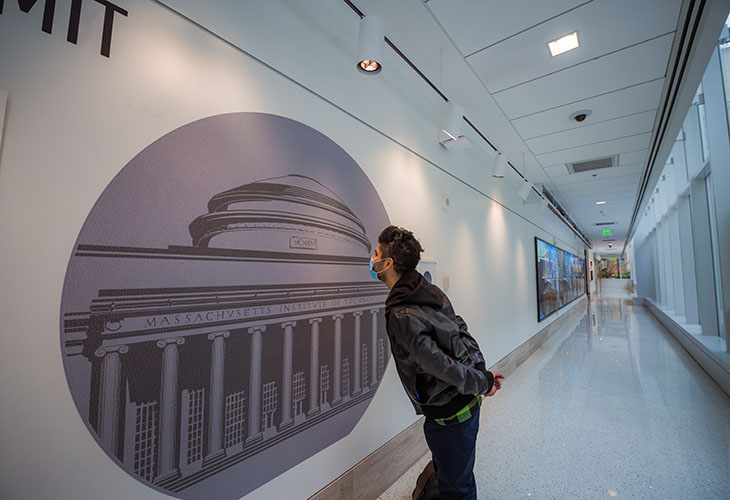
Next steps
The release of this plan is only the first step. Recognizing both the need for shared progress and the reality of the Institute’s decentralized structure and culture, further progress depends on creating localized programs for action in each academic, research, and administrative unit.
Many units have already designed and launched plans and programs that are making meaningful progress to address issues of community and belonging. This plan is designed to support, amplify, and provide context for those efforts. For units at earlier stages in the process, this plan sets expectations and offers guidance and a framework for identifying goals and paths to achieving them.
As we implement this plan and assess how it is working, we expect to learn from each other and uncover new ideas. To make the most of this learning process, the plan will need to be flexible. This also holds true for more localized versions.
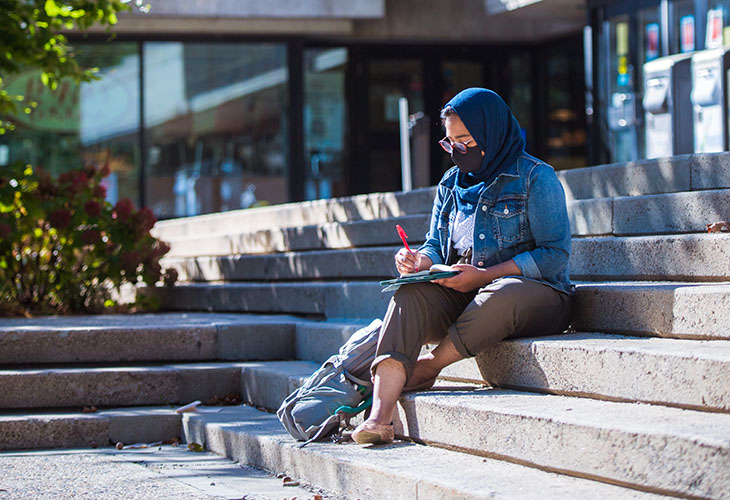
How we will implement the plan
Ownership
Responsibility for the plan is set at the level of its 50-plus actions or initiatives. Oversight for each has been assigned to a member of MIT’s senior leadership team.
These assignments correspond broadly to the audiences the plan is designed to serve: proposed actions related to students are assigned to the chancellor, staff to the vice president for human resources, faculty to the provost, postdocs to the vice president for research (VPR), and those affecting Institute-wide strategic concerns will be the province of the President’s Office. Proposed actions that fall to the Institute Community and Equity Office (ICEO) are also Institute-wide, but they are more operational than strategic. Some proposed actions are noted in the plan as shared. These will require coordination among members of senior leadership.
Setting up the Foundation Year
The first year of this plan’s implementation—the Foundation Year—will focus on enabling and coordinating the development of local plans, creating common infrastructure that can be leveraged across the Institute, developing reporting and assessment tools, and cultivating the skills and capacity necessary for making change. We will assess, address, and prioritize resource needs in alignment with the Institute’s annual budget and planning processes.
At the end of the Foundation Year, this plan will be revised and re-released to reflect the inputs of this process. Specifically, each of the plan’s owners will provide the following level of detail for each proposed action they have been assigned:
- Goals: Actions to be taken or changes that will occur.
- Metrics and measurements: Sources specified to quantify progress towards goals.
- Timing: Schedule of implementation for proposed actions.
- Resources: Budgets, staffing plans, or other resource allocations necessary for accomplishing the goals of the plan.
Measurement
The Foundation Year will result in plans for academic, research, and administrative units across the Institute. As units articulate their own goals and plans to achieve them, proposed metrics—both qualitative and quantitative—will be defined. We will identify any gaps in our current institutional data-collection processes and work with senior leaders to prioritize and address them. As the plan’s proposed actions may change, be revised, or get updated over time, the Institute will set overall goals for the plan for each commitment.
Accountability and transparency
Owners of the plan’s proposed actions will provide an annual update to Academic Council and to a committee of faculty, staff, postdocs, and students. The Institute will also develop and maintain online resources to track prioritization and progress toward each commitment in this plan, to be updated annually in alignment with existing reporting practices at the Institute.
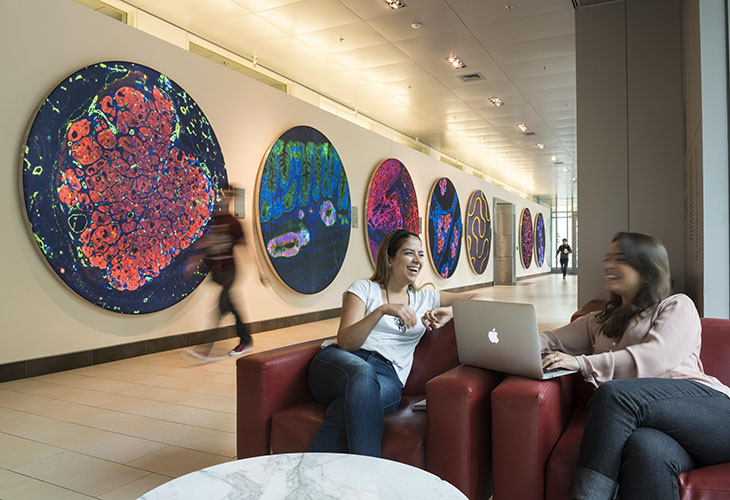
Acknowledgements
The plan’s organizers are deeply appreciative of the time, attention, and energy expended by MIT’s students, staff, postdocs, faculty, trustees, and alumni who participated in creating and shaping this document. They have done our community today—and tomorrow—a great service.
